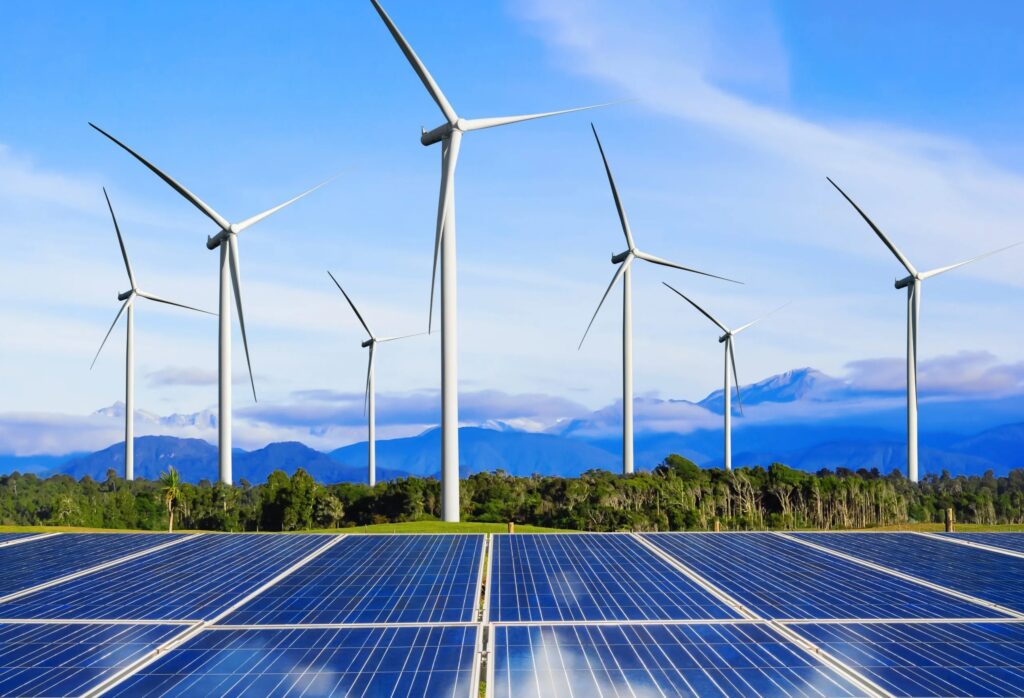07/07/2024
07/07/2024
Saudi Arabia and UAE lead the Gulf's renewable energy expansion

KUWAIT CITY, July 7: The Gulf countries, endowed with abundant solar and wind energy resources, have leveraged these assets to varying extents in their renewable energy portfolios, achieving significant progress toward their ambitious targets, according to Fitch Ratings.
In recent years, the region has intensified its renewable energy production as part of a strategic shift aimed at diversifying energy sources away from fossil fuels. This move aligns with global efforts to combat climate change by increasing the reliance on renewable energy.
Solar energy has been the most widely adopted and cost-effective renewable technology over the past decade. However, there has been a recent shift towards wind energy in the region.
Saudi Arabia has reinforced its leadership in renewable energy with the construction of the Dumat Al Jandal wind farm, the largest in the Middle East, and the Al Ghat wind energy project, which set a record low energy production cost of 1.57 cents per kilowatt-hour.
The UAE leads the region in renewable energy investment in terms of installed capacity. Projects like the Mohammed bin Rashid Al Maktoum Solar Park in Dubai are set to exceed 5,000 megawatts of production capacity by 2030, with investments nearing AED 50 billion.
The region’s dominance in low-cost renewable energy production is attributed to several factors, including the availability of inexpensive desert land, low-cost labor, favorable tax policies, economies of scale from mega projects, strategic project planning, and robust government support, according to Fitch.
These conditions have created an advantageous environment for renewable projects, with numerous additional projects in the planning stages.
Beyond solar and wind energy, the UAE recently connected the final unit of the Barakah nuclear power plant to the electricity grid. With a production capacity of 5,600 megawatts, it is expected to meet up to 25% of the country’s electricity needs when it begins commercial operation this year.
The Gulf region is also on the path to becoming a hub for green hydrogen production, capitalizing on low-cost land and excellent renewable energy resources. Saudi Arabia and Oman have initiated large green hydrogen projects utilizing solar and wind energy along their coasts. This transformation is marked by significant developments and challenges, as political and regulatory frameworks evolve to support economic growth, diversify funding sources, and enhance borrowing capacity. Fitch’s previous report highlighted the crucial role of long-term capital market loans in supporting the Gulf countries' ambitious infrastructure plans.
Despite these advances, the Gulf region continues to rely heavily on fossil fuels, with oil and gas accounting for more than 90% of total installed capacity. The region’s high energy consumption, driven by rapid economic growth, industrial expansion, high-income levels, and subsidized energy prices, has resulted in some of the highest per capita energy consumption rates globally.


